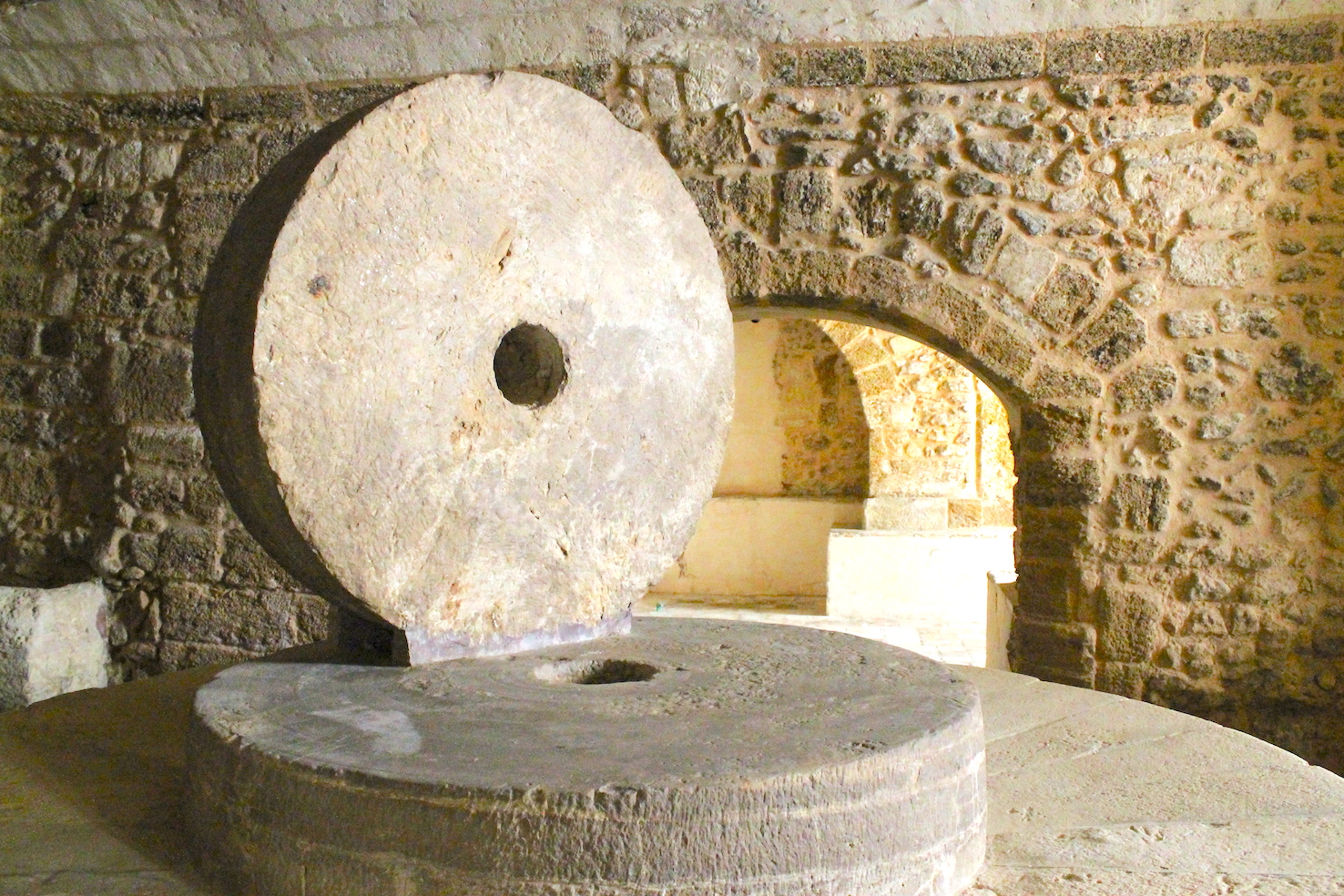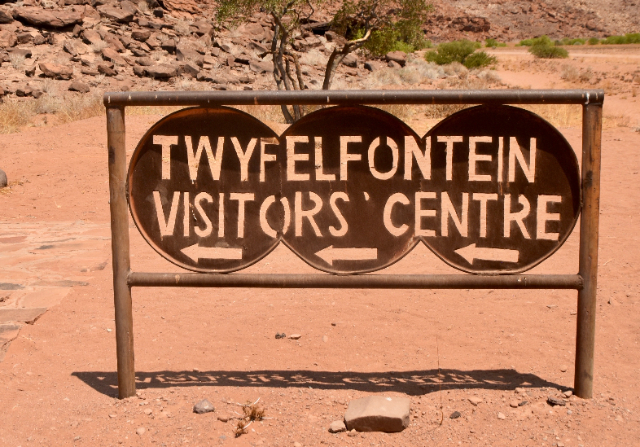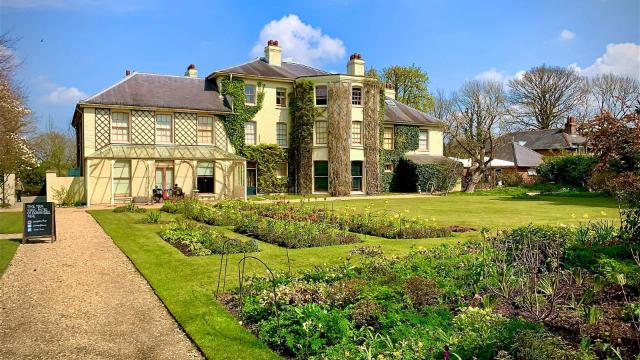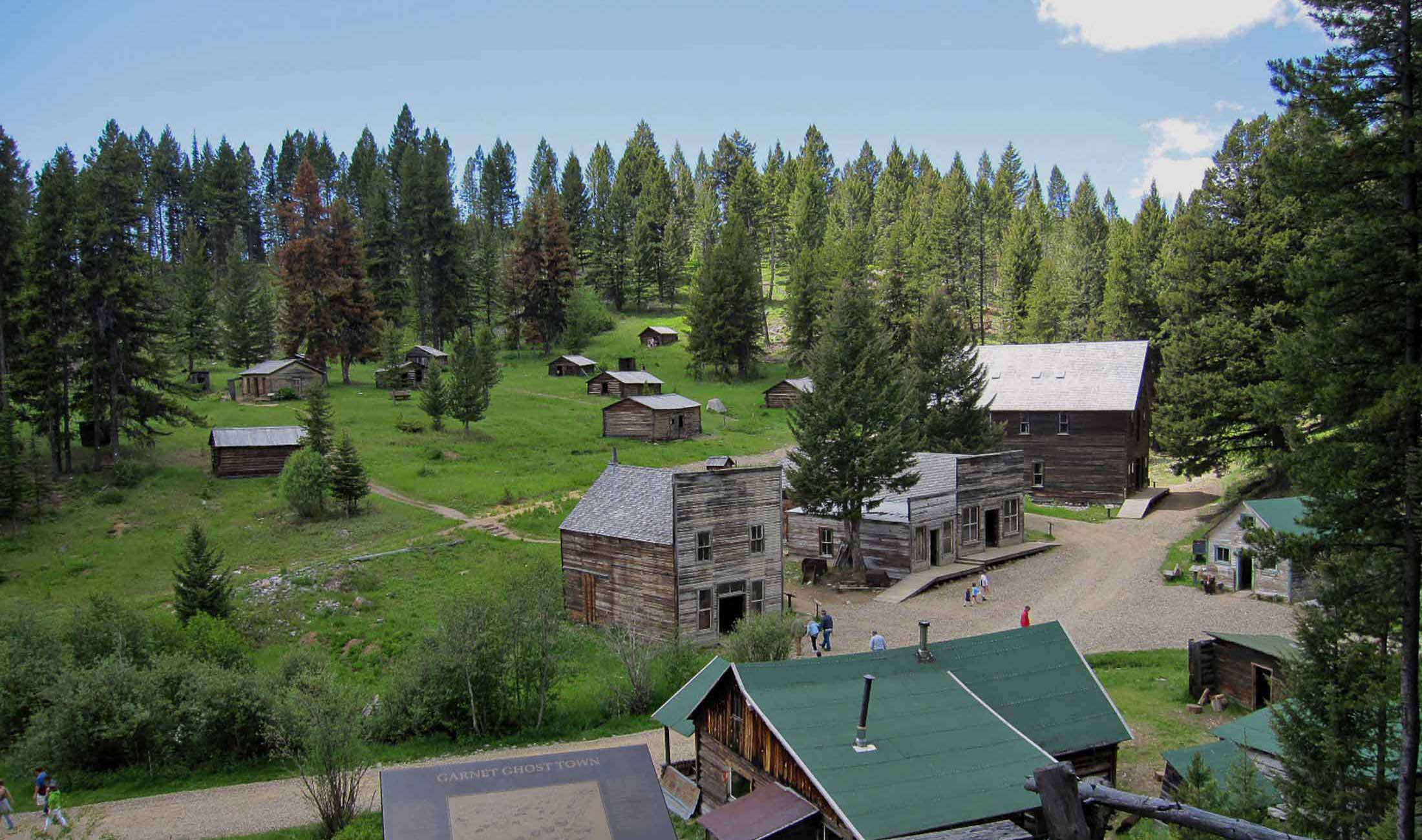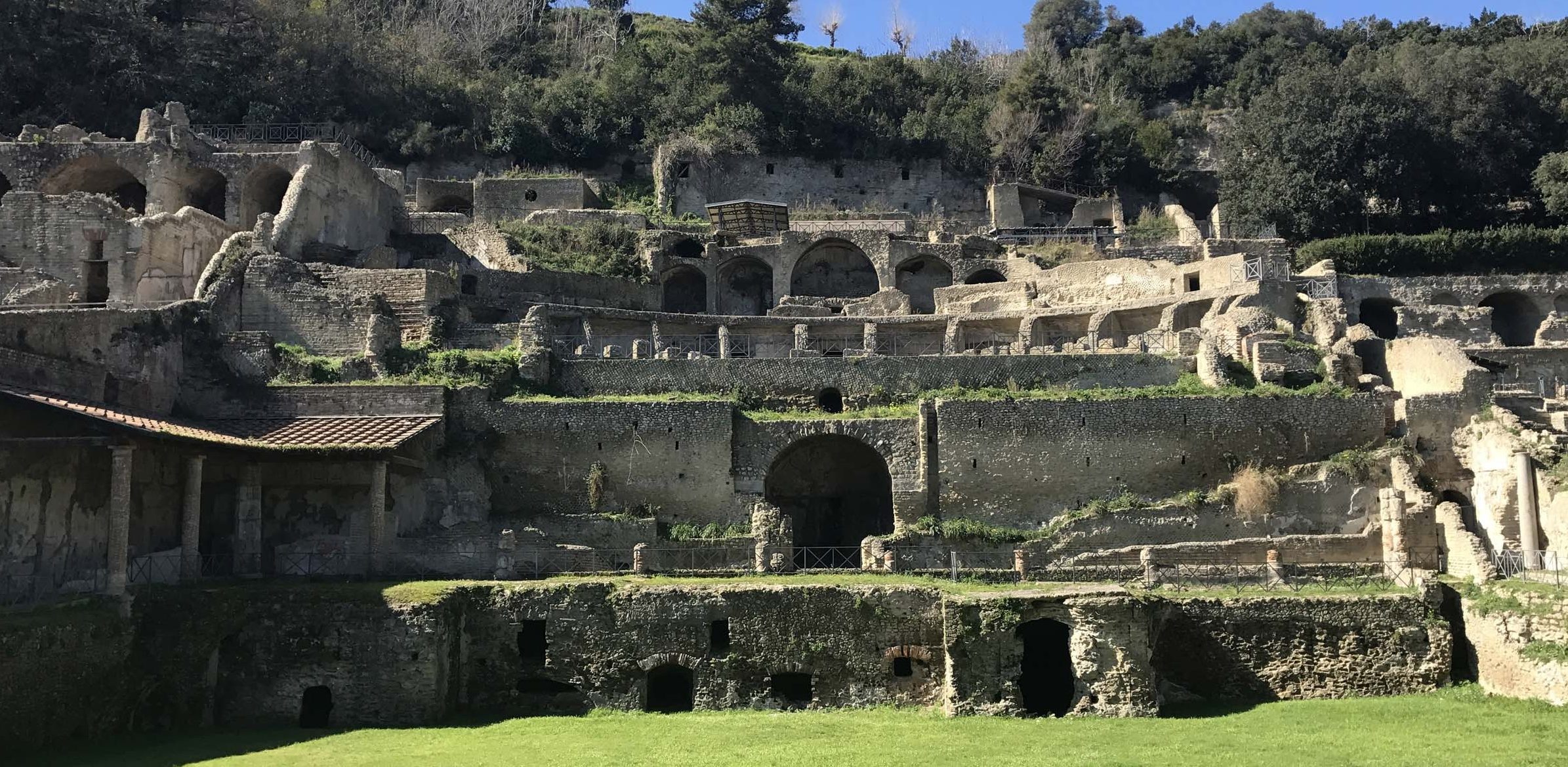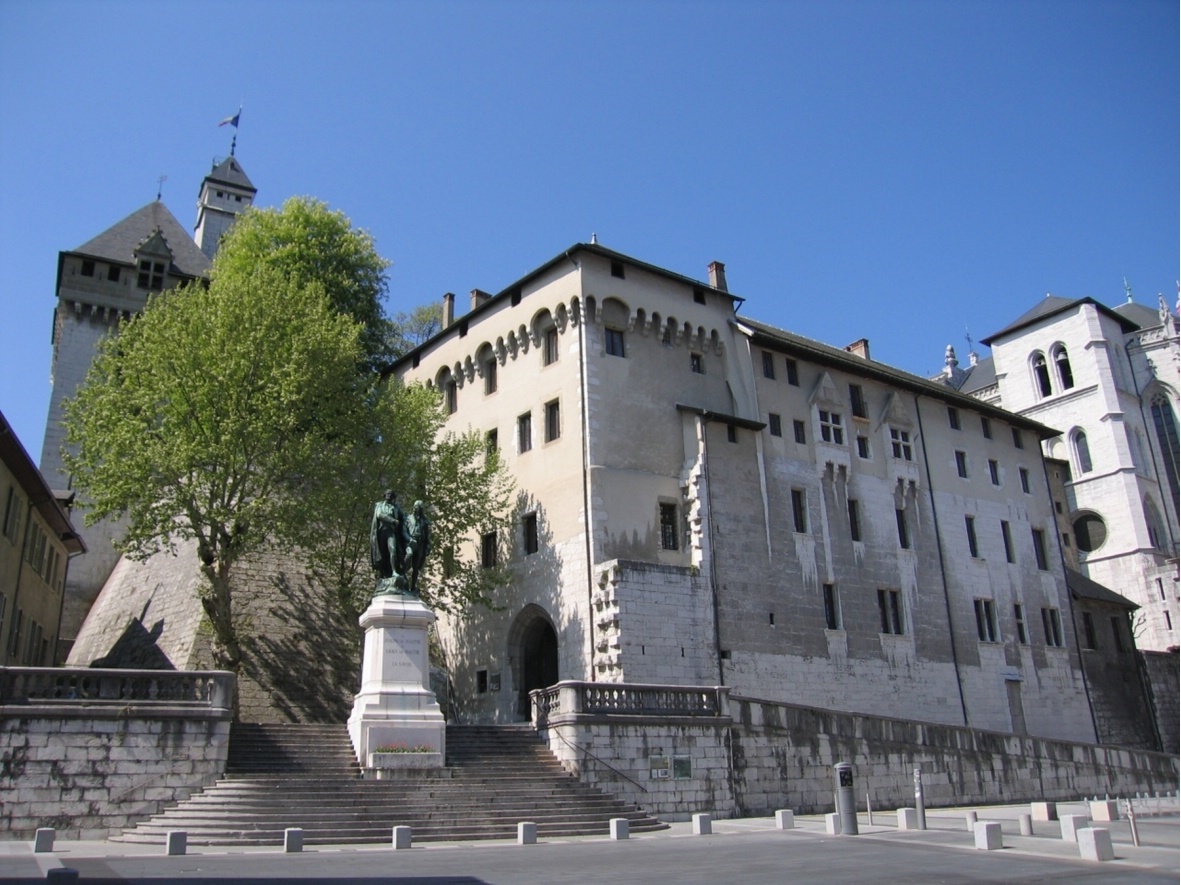Witness to the millenary peasant civilization, the underground oil mill is an essential part of the economic and social culture of ancient Terra d’Otranto. To it were linked the hopes of a large part of the population that, with the processing of olives, tried to cope with the difficulties of everyday life. The hypogeal oil mills preserve, in an extremely distinct way, the signs of the strong and patient hand of man: the reason, then, more commonly known, that made prefer the mill dug in the stone, compared to the one built on the ground floor, was the need for heat. The oil, in fact, becomes solid around six degrees: therefore, in order to facilitate its extraction, it was necessary that the environment in which the olives were pressed was warm. This could only be ensured in an underground context, heated, moreover, by special ovens that were built inside these particular types of mills. Alongside this aspect, however, there are others of a purely economic nature. The cost of labour to obtain an excavated environment was relatively modest, because it did not require the construction work of specialised personnel, but only arm’s length, and did not involve the purchase and transport costs of the construction material. The underground mill, moreover, had the advantage of allowing the rapid and direct emptying of the sacks of olives in the cells underneath, through the openings in the centre of the vault, saving time and labour. The cultivation of the olive tree in the territory of Mesagne, in particular, has determined, over the centuries, the flowering of a series of underground oil mills in the ancient town. Among these, it is worth mentioning the one located under Palazzo Guarini, recently restored. The recovery of this environment testifies, in a relevant way, the importance that the oil extraction activity in Mesagne had in the past. The oil mill has an articulated plan, with a predominantly mixed pattern: the central space, in fact, is occupied by the millstones for milling the olives. Around it there are the accessory rooms, where it is still possible to observe the ancient oven for heating. Over the years, hypotheses have been put forward about the dating of the building, through a comparative analysis of construction techniques and materials used, attributing it to the Byzantine period, although the arch, likely access to other rooms, dates back to late medieval times. More modern are the barrel vaults, on which rests the seventeenth-century structure of the palace, while still visible are the tanks for the collection of oil and the rooms for the shelter of workers. This underground oil mill is one of 28 scattered in the historical centre, several of which have recently been brought to light.
